From Roots to Revolution: The Evolution of Cubism into Modern Art
Cubism, originating with Picasso and Braque in the early 20th century, has undergone remarkable transformation to become an enduring influence in contemporary art. This revolutionary style fundamentally changed how artists represent space and form, breaking objects into geometric shapes viewed from multiple perspectives simultaneously.
The evolution of cubism into modern art occurred through distinct phases:
- Analytical Cubism (1908-1912): Characterized by fragmented subjects and monochromatic palettes
- Synthetic Cubism (1912-1914): Featuring collage elements and brighter colors
- Crystal Cubism (1914-1915): Defined by flat, geometric shapes and simplified forms
- Contemporary Cubism (1950s-Present): Incorporating technological influences and diverse materials
After World War I, several artists continued developing cubist principles while returning to more naturalistic elements. Jean Metzinger exemplifies this transition, as his post-1918 landscapes integrated abstract cubist techniques with realistic representation while maintaining his distinctive style according to Gallery Thane.
By the mid-20th century, cubism had diffused into numerous modern art movements including Abstract Expressionism, Pop Art, and Minimalism. Today’s modern cubism artists continue pushing boundaries by combining traditional cubist techniques with digital technology, found objects, and installation art, creating a vibrant contemporary expression of cubism’s revolutionary principles.

Key Takeaways
| Takeaway | Explanation |
|---|---|
| Evolution of Cubism | Modern cubism has evolved from early forms—Analytical, Synthetic, and Crystal—into a dynamic contemporary movement that incorporates new materials and technologies. |
| Cultural Relevance | Modern cubism has profoundly influenced various art movements, such as Abstract Expressionism and Pop Art, while adapting to reflect contemporary themes and concerns. |
| Global Impact | The movement transcends its European origins, inspiring artists worldwide to reinterpret cubist principles through their cultural perspectives, fostering a rich dialogue between diverse artistic traditions. |
| Material Innovation | Today’s cubist artists utilize innovative techniques, such as digital manipulation and mixed media, to explore and expand upon classic cubist concepts while addressing contemporary issues. |
Defining the Movement: Core Characteristics and Techniques of Modern Cubism
Modern cubism art builds upon the revolutionary foundations laid by its predecessors while introducing contemporary innovations. This evolving movement retains essential cubist principles while embracing new technologies and cultural contexts.
The defining characteristics of contemporary cubism include:
- Geometric Deconstruction: Breaking subjects into planes and geometric forms while presenting multiple perspectives simultaneously
- Dimensional Exploration: Challenging spatial relationships by flattening three-dimensional objects onto two-dimensional surfaces
- Material Diversity: Incorporating unconventional materials, digital elements, and mixed media beyond traditional paint and canvas
- Conceptual Depth: Addressing modern sociopolitical themes through fragmented representation
- Technological Integration: Using digital tools, projection mapping, and virtual reality to expand cubist concepts
Unlike early Cubism’s monochromatic palettes, modern cubist artists often employ vibrant colors and bold contrasts. Their techniques frequently blend traditional painting approaches with collage, assemblage, photography, and digital manipulation.
According to Canvas Prints Australia, modern cubism art movements continue the tradition of emphasizing the two-dimensional flatness of the canvas while depicting objects from multiple viewpoints simultaneously—now enhanced by contemporary materials and contexts.
Today’s cubism draws inspiration from urban environments, digital landscapes, and global interconnectedness. Modern cubist artists create works that fragment reality not just visually but conceptually, reflecting our complex, multifaceted world through a distinctly cubist lens that continues to evolve with each generation of artists.
Spotlight on Visionaries: Profiles of Influential Modern Cubism Artists
Contemporary cubism continues to evolve through visionary artists who blend traditional cubist principles with innovative approaches. These modern cubist pioneers have revitalized the movement for new generations.
Georges Braque and Pablo Picasso may have pioneered cubism, but today’s artists have transformed it into something distinctly contemporary:
-
David Hockney: Though primarily known for his pop art, Hockney’s multi-canvas works and photo collages incorporate cubist perspectives, particularly in his landscapes that present multiple viewpoints simultaneously.
-
Jaune Quick-to-See Smith: This Native American artist integrates cubist fragmentation with Indigenous symbolism in works like “The Vanishing American” (1994), challenging colonial narratives through geometric abstraction while maintaining cultural resonance.
-
Yoshiko Ratliff: Combining Japanese cultural elements with nature-inspired abstractions, Ratliff’s highly detailed paintings incorporate traditional motifs with cubist spatial relationships, often featuring 24-karat gold leaf and intricate geometric patterns.
-
Maria Laskaris: Her digital cubism merges traditional painting techniques with computational design, creating multilayered works that fragment and reassemble urban landscapes through both physical and virtual mediums.
-
Roberto Matta: Chilean-born Matta bridged cubism and surrealism, creating psychological landscapes that extend cubist spatial concepts into explorations of the subconscious mind.
These artists share a commitment to exploring fragmentation, multiple perspectives, and geometric abstraction while addressing contemporary themes. Their innovative approaches to materials—from traditional paint to digital media—have expanded cubism’s vocabulary while maintaining its essential commitment to deconstructing visual reality.
The diversity among modern cubist artists reflects cubism’s adaptability across cultures and technologies, ensuring its continued relevance in contemporary art discussions.
Innovative Mediums: How New Techniques are Redefining Cubism
The evolution of modern cubism has been profoundly influenced by technological advancements and material innovations, allowing artists to expand cubist concepts beyond traditional boundaries. While early cubists primarily worked with oil on canvas, today’s practitioners employ diverse mediums that enhance the movement’s core principles of multiple perspectives and fragmented forms.
Contemporary cubist artists are redefining the movement through innovative techniques:
- Digital Manipulation: Software enables precise geometric fragmentation and perspective manipulation that would be difficult to achieve manually
- 3D Printing: Artists create physical cubist sculptures that literally embody multiple viewpoints in three-dimensional space
- Virtual Reality: VR installations allow viewers to physically move through cubist environments, experiencing perspective shifts in real-time
- Mixed Media Assemblage: Incorporating found objects, recycled materials, and textiles adds textural depth to cubist fragmentation
- Projection Mapping: Dynamic projections onto geometric surfaces create evolving cubist compositions that shift and transform
These innovations address a fundamental challenge that early cubists faced: how to represent four-dimensional concepts on two-dimensional surfaces. Modern technology provides solutions that Picasso and Braque could only imagine.
Many contemporary cubist artists experiment with unconventional materials like industrial waste, biodegradable elements, and interactive components that respond to viewer presence. This material experimentation reflects both environmental concerns and the desire to engage audiences actively in the cubist experience.
These evolving approaches ensure that modern cubism remains a vital, progressive movement rather than a historical style, continuously expanding its visual language through technological and material innovation while maintaining its essential conceptual foundations.
Global Dialogues: The Cultural Impact and Reach of Modern Cubism Artists
Modern cubism has transcended its European origins to become a global artistic language, with artists across continents reinterpreting cubist principles through their unique cultural lenses. This worldwide adoption has created rich dialogues between traditions, pushing the boundaries of contemporary cubism art in unexpected directions.
The cross-cultural impact of modern cubism manifests in several ways:
- African Reimagining: Artists like Chéri Samba and El Anatsui have reclaimed and recontextualized cubist techniques, acknowledging the African masks and sculptures that initially inspired Picasso while infusing contemporary African perspectives
- Latin American Synthesis: Mexican and Brazilian artists blend cubism with indigenous visual traditions, creating works that address colonialism, identity, and social justice
- Asian Adaptations: Japanese and Chinese artists integrate cubist fragmentation with calligraphic traditions and Eastern philosophical concepts of space
- Middle Eastern Interpretations: Artists incorporate Islamic geometric patterns with cubist principles, creating distinctive approaches to abstraction and representation
- Digital Global Exchange: Online platforms enable instantaneous sharing of cubist innovations across borders, accelerating the evolution of the movement
This global exchange has fundamentally altered cubism, transforming it from a primarily Western art movement into a versatile visual vocabulary that addresses diverse cultural contexts. According to research from Ezee Art, abstract art movements including cubism have fostered cross-cultural dialogues and broadened global artistic participation beyond traditional Western-centric art circles.
The universal appeal of cubism lies in its fundamental questioning of perception and reality—concepts that resonate across cultural boundaries. By fragmenting and reassembling visual experiences, modern cubist artists worldwide continue to challenge viewers to see beyond conventional perspectives, making the movement as relevant today as when it first revolutionized Western art over a century ago.
Emerging Trends: Future Directions and Rising Stars in Modern Cubism
As modern cubism continues to evolve, several exciting trends and innovations are reshaping this historic movement for contemporary audiences. Today’s emerging artists are pushing boundaries while honoring cubism’s foundational principles of multiple perspectives and geometric fragmentation.
Key developments defining the future of modern cubism include:
- Immersive Installations: Artists creating room-sized cubist environments that viewers physically enter, experiencing fractured perspectives firsthand
- AI-Generated Cubism: Using machine learning algorithms trained on historical cubist works to create new compositions that blend computational precision with cubist aesthetics
- Eco-Cubism: Addressing environmental concerns through cubist fragmentation of natural landscapes, often using sustainable materials and techniques
- Interactive Cubism: Developing works that respond to viewer movements or inputs, creating dynamic cubist compositions that evolve in real-time
- Social Justice Themes: Applying cubist techniques to deconstruct and examine social inequalities, identity politics, and global conflicts
Among the rising stars in modern cubism art, several names stand out for their innovative approaches. Tim Fawcett’s projection-mapped sculptures combine traditional cubist fragmentation with dynamic light projections that shift and evolve. Mona Sharma’s “fractured realities” series applies cubist principles to contemporary digital culture, creating multilayered explorations of online identity and social media.
The future of modern cubism will likely continue its interdisciplinary trajectory, with boundaries between painting, sculpture, digital media, and performance becoming increasingly fluid. As new technologies emerge, cubist artists will adapt and incorporate them, ensuring the movement remains as revolutionary and forward-thinking as it was in Picasso and Braque’s time.
What makes these emerging trends particularly significant is their capacity to address contemporary concerns while remaining true to cubism’s essential spirit of challenging how we perceive and represent reality.
Frequently Asked Questions
What is modern cubism?
Modern cubism is an evolution of the original cubist movement pioneered by artists like Picasso and Braque. It incorporates contemporary techniques, materials, and themes while retaining foundational cubist principles of geometric fragmentation and multiple perspectives.
Who are some influential modern cubism artists?
Influential modern cubism artists include David Hockney, Jaune Quick-to-See Smith, Yoshiko Ratliff, Maria Laskaris, and Roberto Matta, each blending traditional cubist elements with innovative approaches to materials and themes.
How has technology influenced modern cubism?
Technology has profoundly impacted modern cubism through digital manipulation, 3D printing, virtual reality installations, and projection mapping, allowing artists to create immersive experiences and redefine traditional cubist concepts.
What themes do modern cubism artists explore?
Modern cubism artists often address themes such as socio-political issues, identity, environmental concerns, and global interconnectedness, using fragmented representation to engage with contemporary culture and challenges.
Bring the Spirit of Modern Cubism into Your Space
Are you inspired by the transformative power of modern cubism, as highlighted in our recent exploration of trailblazing artists? Just as these visionaries continue to redefine perception and challenge reality, you too can infuse your home with innovative artistic expression. Whether you’re a seasoned collector seeking unique pieces or a homeowner wanting to elevate your decor, Rossetti Art offers a stunning collection of canvas prints, original paintings, and modern sculptures that resonate with the spirit of contemporary cubism.
Dive into the world of bold geometric abstractions and vibrant colors. Our curated selection reflects the fragmentation and multidimensionality prominent in modern cubist works, allowing you to transform your environment into a dynamic artistic experience. Explore our offerings today at Rossetti Art and take the step towards owning a piece of art that not only decorates but also challenges perception in your own space. Don’t wait—your unique cubist masterpiece awaits!

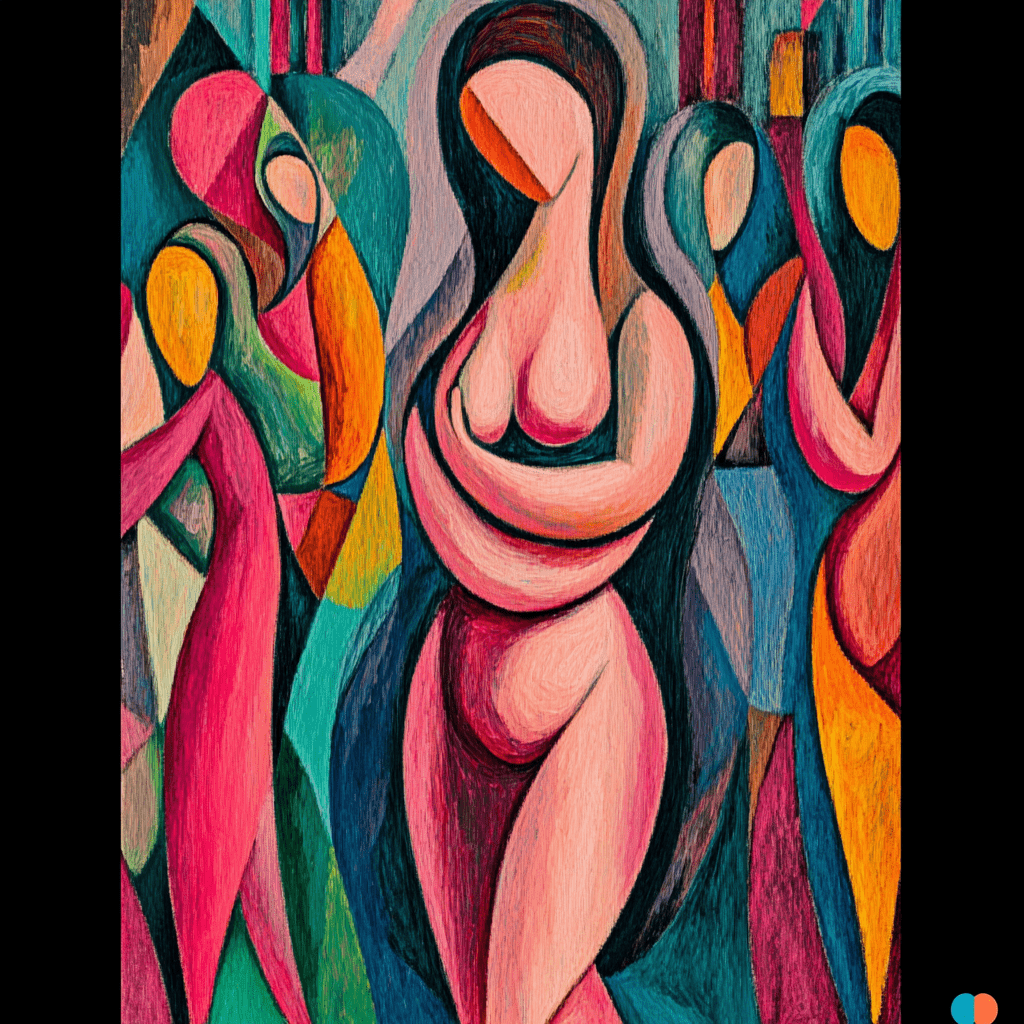
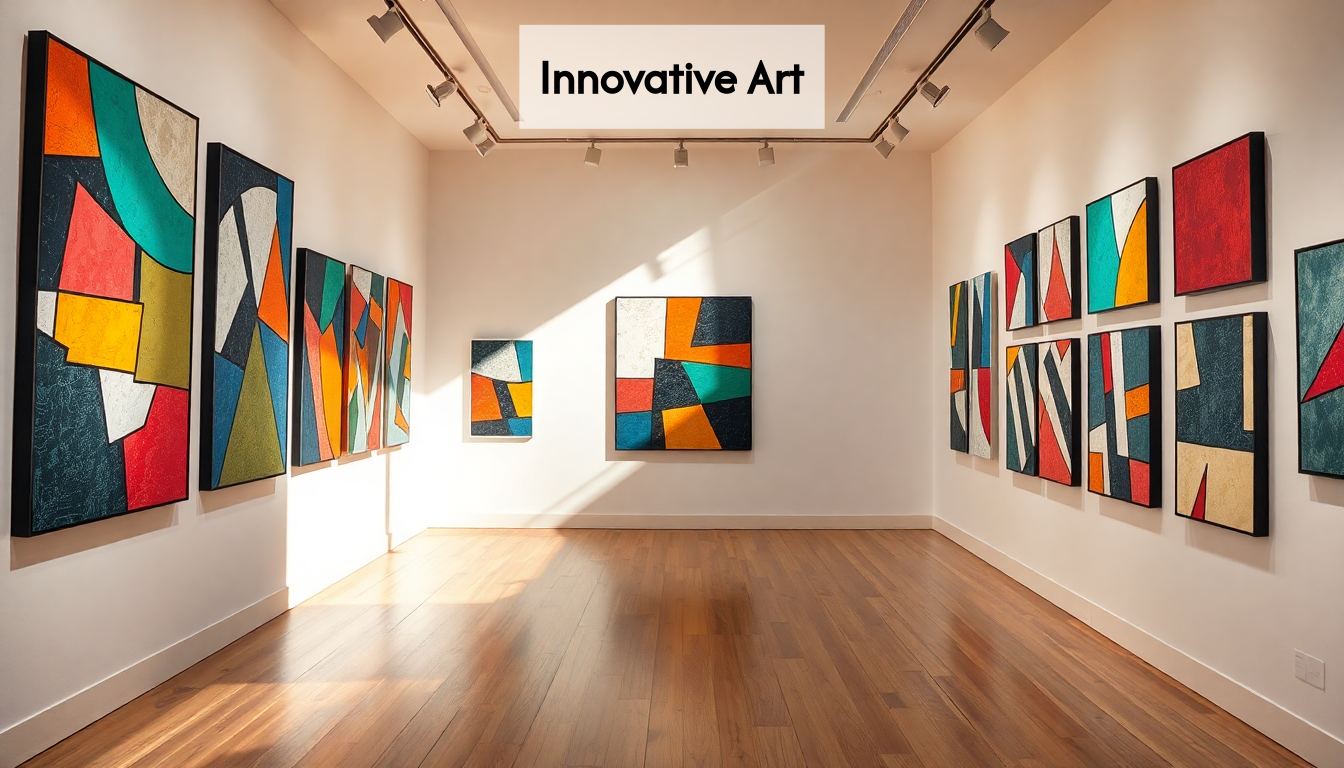
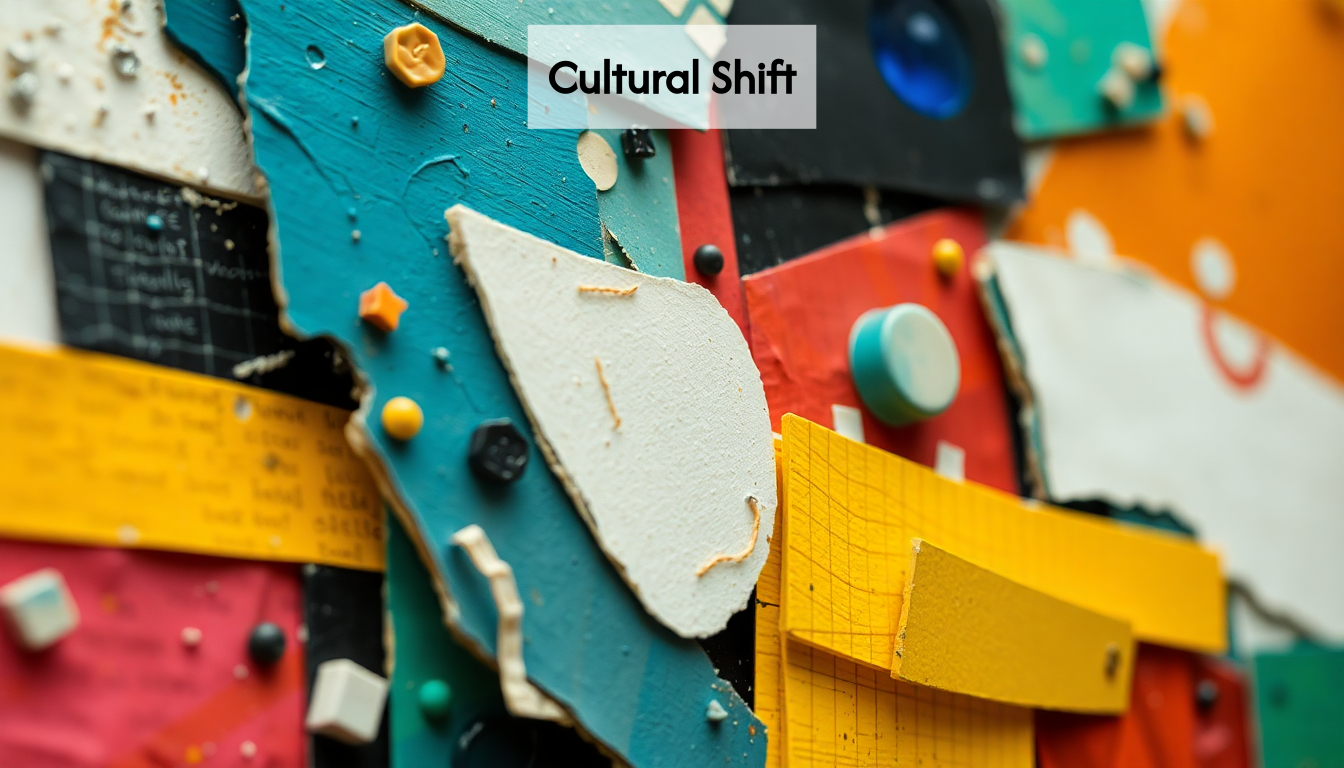
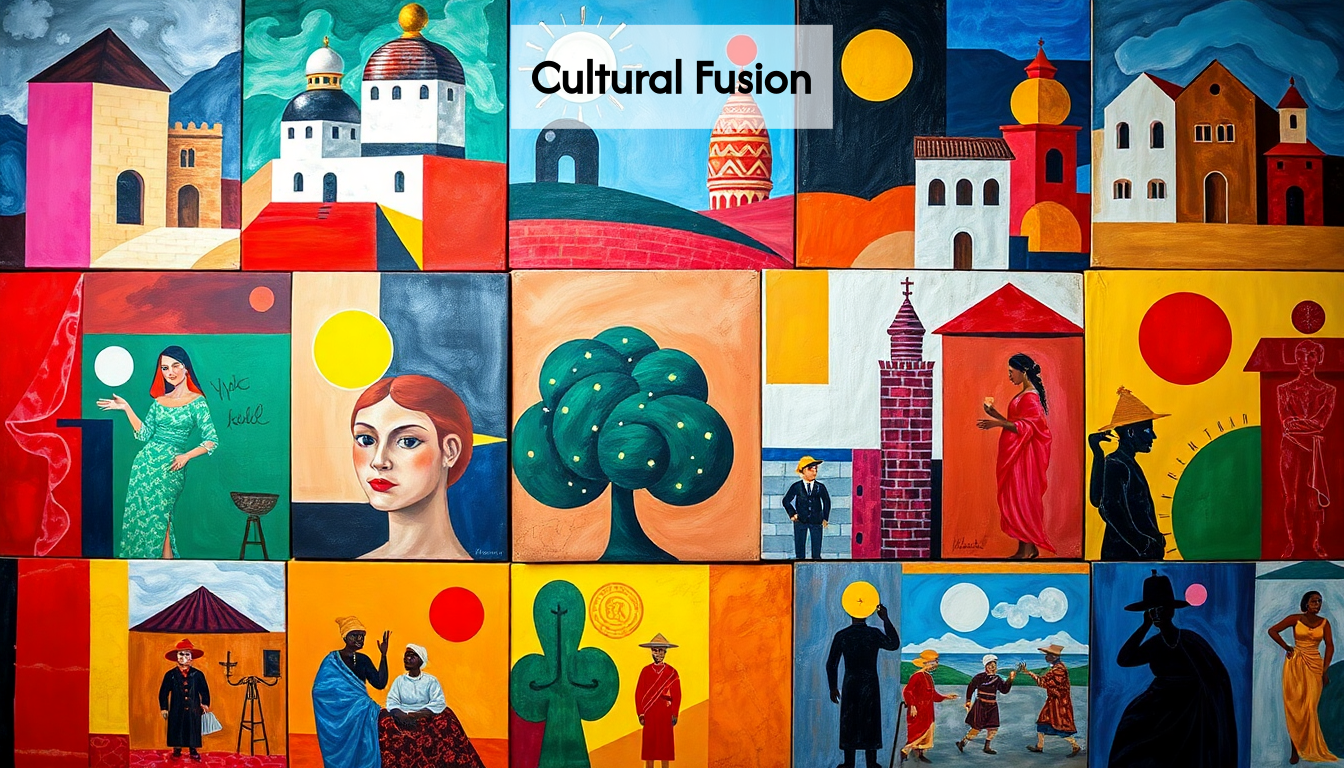


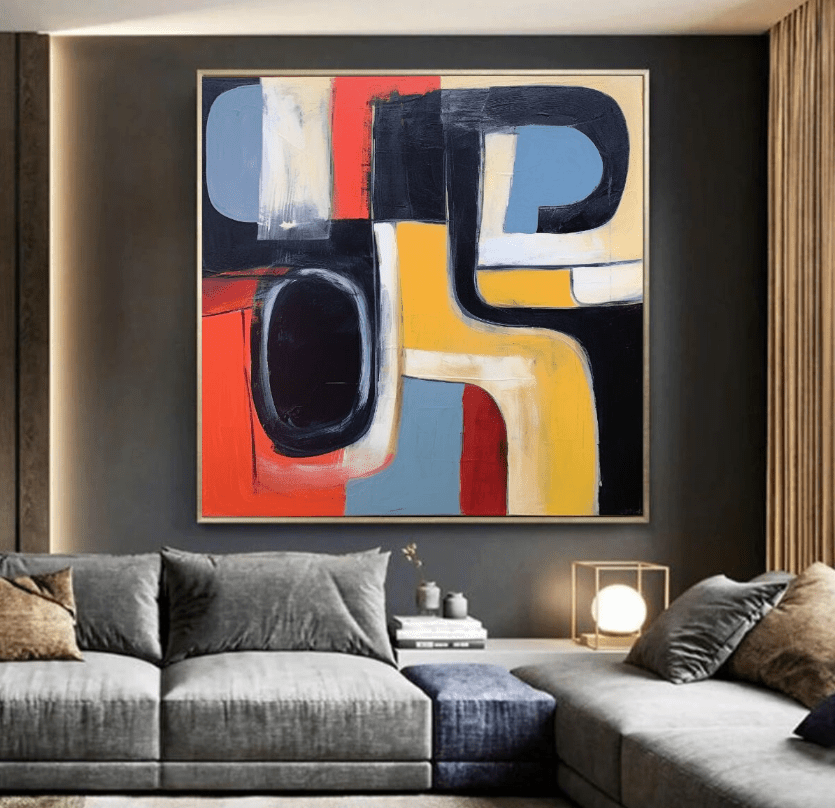
Leave a comment
This site is protected by hCaptcha and the hCaptcha Privacy Policy and Terms of Service apply.